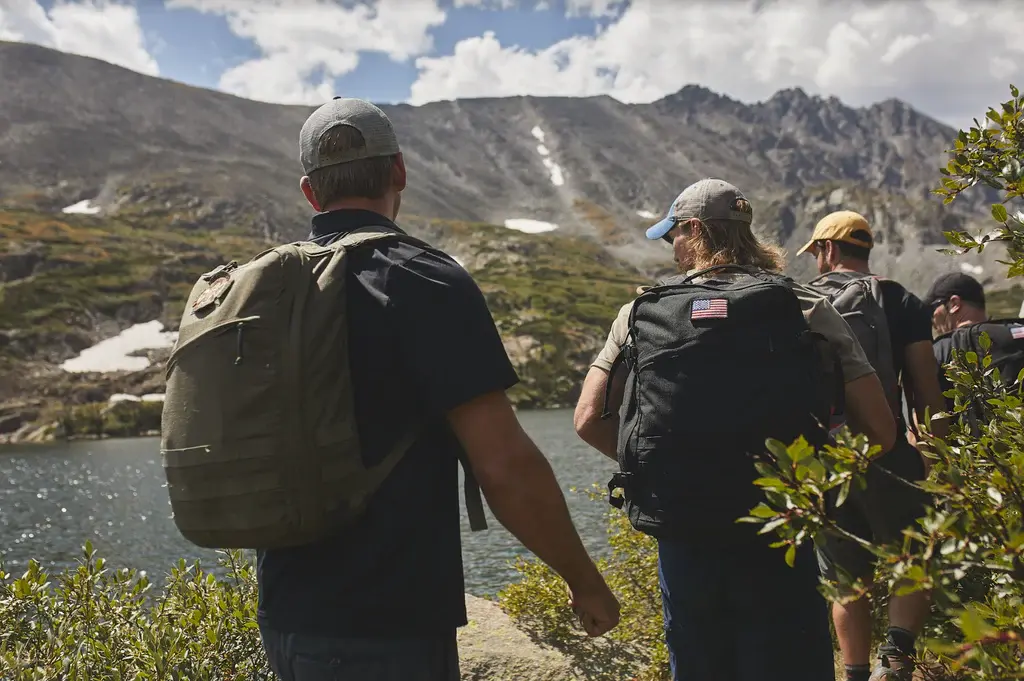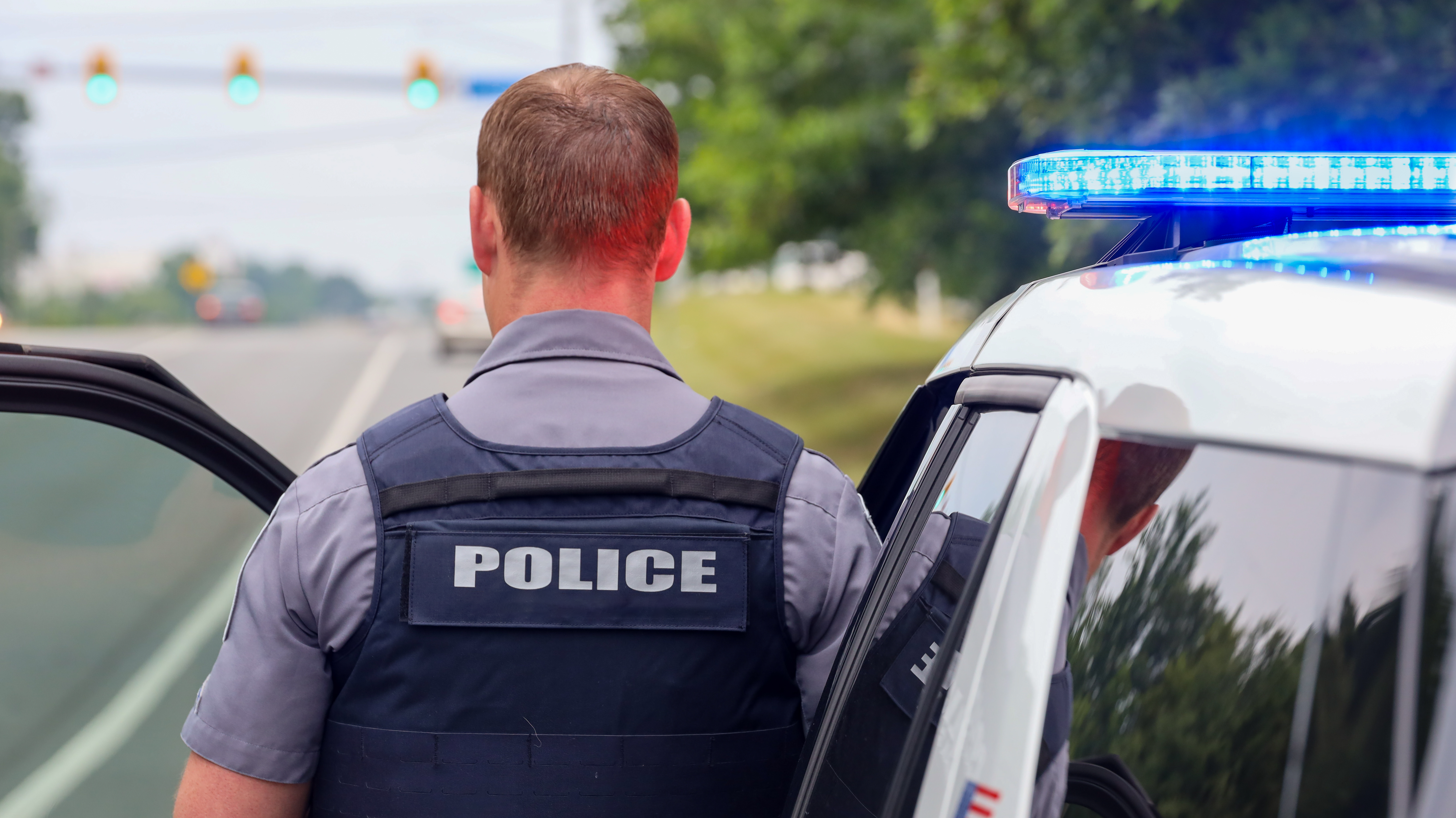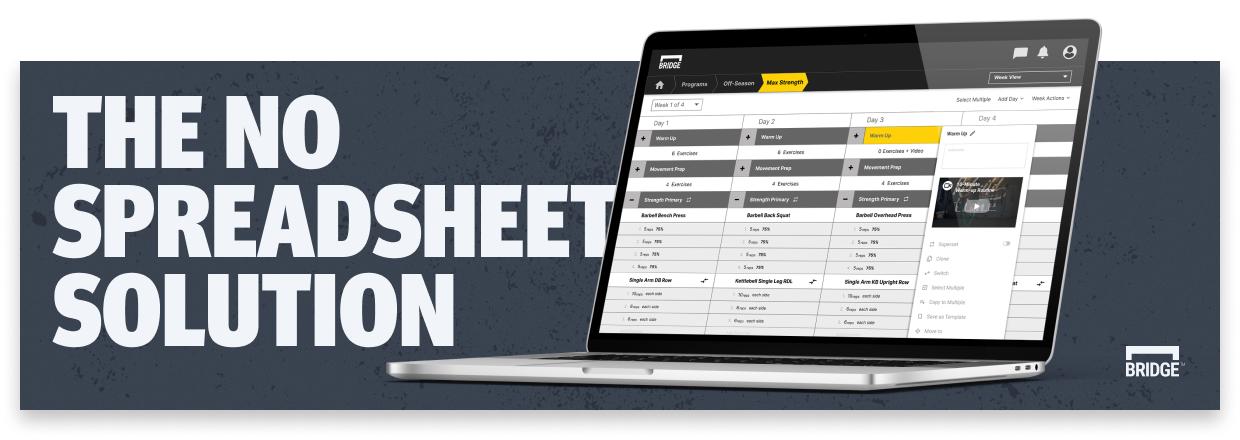A Police Academy's Strength and Conditioning Program
At a minimum, a police recruit's time during the academy will feel overwhelming. These future officers are spending several months just trying to keep their heads above water with the goal of graduation.
The objective of a police academy is to begin building the base to prepare for a successful career in law enforcement. Learning subjects such as practical procedures of policing, laws and regulations, control tactics, driving, shooting, and so much more, all while under a microscope.
Included with all of that is the expectation of leaving the police academy in the best shape of their lives. It is becoming more common for academies to take this task off their instructors and bring in/consult with strength and conditioning professionals to serve their recruits better and accomplish this task in a safe and productive manner.
This article will lay out why academies need to prioritize strength and conditioning, what goes into a police academy's training program, and how to work within the larger organism that is a police academy.
Why Strength and Conditioning?
While being more physically prepared doesn’t necessarily guarantee that a recruit will breeze through the academy and move onto a spectacular 20-year career, it is one more piece of the puzzle set into place. I can confidently say that not being as physically prepared will be harmful and make the academy significantly more difficult.
Academies must prioritize a sound strength and conditioning program to keep the recruits in one piece for graduation. Injury reduction is the initial goal coaches can aid within the academy. Ensuring proper exercise selection, progression, modifications, and overall safety regulations are being done.
While we cannot prevent all injuries from occurring, I am optimistic that a coach can help monitor the day-to-day readiness of recruits and make the necessary adjustments to a session, leading to a reduction of the overuse injuries we see plague an academy class.
Academy Strength and Conditioning
There are several training variables to consider when implementing a strength and conditioning program for an academy class. Variables such as training frequency, time allotted for sessions, recruit academic schedules, equipment, space available, and then the recruits themselves.
Two separate academy sessions could occur simultaneously and seem to have different training programs due to the variables listed above. Though there are some consistencies when training in an academy session, these pieces must be identified regardless of anything else.
Exercise Selection
Training programs should be built around the major movement patterns of pushing, pulling, squatting, hinging, carrying, and twisting and include a healthy dose of unilateral-based exercises. Suppose coaches are sticking to those patterns and progressing movements accordingly. In that case, it is a safe bet that all the bases are being covered when considering movement selection and working within all three planes of movement: frontal, sagittal, and transverse.
It’s important not to have a one-size-fits-all approach in programming these patterns. Everyone should train in these exercise patterns, but not everyone should perform the same variation. A police academy will attract many people from different walks of life, some older, some from athletic backgrounds, some with more miles on their bodies, and so on. Forcing a square peg into a round hole regarding exercise selection could lead to a potential injury and not be what is most appropriate for that individual. Exercises are not inherently good or bad; they are most appropriate for the situation and individual.
With that said, I also understand what it is like as one coach leading a floor of 20+ recruits, and everyone cannot be on a different training program. Instead, focus on selecting exercises with low entry and high reward for your group setting. Movements that put the individual in positions to succeed yet still have lower risks associated, exercises such as Hex Bar or Kettlebell Deadlifts opposed to barbell deadlifts, belt squats or front-loaded squats opposed to barbell back squats, and “functional” based exercises such as an assortment of carries, sled pushes and drags.
There will always be outliers on either end of the spectrum in your groups, and coaches should deal with them accordingly, but this is specifically focusing on our majority and putting our people in position for success.
Periodization
During the academy, recruits are told where, when, what, why, and how for their entire day. This schedule makes designing a training program and using more traditional periodization models possible compared to training officers working the streets. However, it’s still important for coaches to be adaptative and flexible to the changes in an academy schedule, which can occur sporadically.
There are several ways to plan a strength and conditioning program for a police academy. This article was not created necessarily to tell coaches what is right and wrong regarding a training program but to give guidelines that can help lead them down the right path. Ultimately, coaches should design and operate training programs that best fit their academy and recruits.
To offer some demonstrations, here are some examples of weekly training programs used within the police academy setting:
3-Day Training Program:
|
Block |
Day 1 |
Day 2 |
Day 3 |
|
Primary: |
-Goblet Squat -Side Plank |
- DB Bench Press - Prone Y-T-W Iso hold |
-Hex Bar Deadlift -Chin-up |
|
Accessory: |
-1 Arm DB Row - Landmine Press - Step Ups |
- Reverse Lunge - Inverted Rows - Deadbugs |
- Landmine Twists -Lateral Squats -Facepulls |
|
Conditioning: |
Assault Bike Intervals (:10 / :50) |
AMRAP 25:00 -Sled Drags -Row Erg -Farmers Carry -Bike Erg |
- KB Swing - Pushups - Sled Pushes - Medicine Ball Slams 4x :30 / :30 |
4-Day Training Program:
If you have a 4th training day available, that day can serve a restorative focus with additional aerobic training and mobility circuits.
|
Block |
Day 1 |
Day 2 |
Day 3 |
Day 4 |
|
Primary: |
-Goblet Squat -Side Plank |
- DB Bench Press - Prone Y-T-W Iso hold |
-Hex Bar Deadlift -Chin-up |
- Steady State Aerobic Work 20-30 minutes |
|
Accessory: |
-1 Arm DB Row - Landmine Press - Step Ups |
- Reverse Lunge - Inverted Rows - Deadbugs |
- Landmine Twists -Lateral Squats -Facepulls |
- Shoulder Mobility 2-3 exercises performed in a circuit fashion. |
|
Conditioning: |
Assault Bike Intervals (:10 / :50) |
AMRAP 25:00 -Sled Drags -Row Erg -Farmers Carry -Bike Erg |
- KB Swing - Pushups - Sled Pushes - Medicine Ball Slams 4x :30 / :30 |
- Hip Mobility 2-3 exercises performed in a circuit fashion. |
Assessments
Having this schedule throughout the academy can ensure that you get adequate time to have assessment periods. These assessment periods can help monitor the recruits' progress throughout an academy session and help coaches make necessary adjustments.
For most, the police academy will be the most difficult challenge they’ve attempted, with stressors coming from all directions, creating a recipe that is not the most conducive for continuous training progress and personal records. This should not deter coaches, though, from holding training accountability on the recruits, especially if the academy itself holds its own physical fitness standards.
This is not always the case at many academies across the country, so an example of a physical fitness assessment to implement could appear as the following.
- Power: Vertical jump, broad jump, or medicine ball throw for maximum distance.
- Upper Body Strength Endurance: Pushups and/or Pullups for maximum repetitions in a set time standard.
- Trunk Stability Endurance: Elbow plank hold for maximum time in proper position.
- Aerobic Capacity: Pacer (beep) test for maximum stages completed.
- Anaerobic Capacity: 300-meter shuttle for the shortest time to complete.
When selecting assessments for the academy, coaches must examine what is scalable and logistically possible. The perfect physical fitness assessment on paper does nothing for your academy if it cannot be managed efficiently. The assessments listed above require minimum equipment, space, or both, making them great candidates to work in many situations.
Examining the assessments themselves considers the population and range of individuals it must meet. The assessments may seem simple, but they are appropriate for any individual who has already made it that far in the academy process. Coaches can expand upon them, though, if resources and settings allow.
The Larger Picture
Working within a police academy, it’s important for coaches to appreciate the larger picture. A recruit’s preparation for becoming a police officer is a top priority. It’s our job to do whatever is possible to work within the goal and alongside the rest of the academy staff. For a coach to be successful in an academy, communication and teamwork alongside the instructor staff is paramount. There are several moving pieces throughout a police academy, and it’s important for them all to be on the same page.
Meeting with the instructors and medical staff, if fortunate enough to have one, to get a weekly breakdown of assignments, practicals, and anything else that may be of value will help better plan the training accordingly. This varies weekly as some practicals are more physically demanding while others may be more stressful from an academic perspective.
Leading closer to graduation, there could be a shift of time spent on the policing application of skills, as opposed to physical training, and understandably so. Coaches should still maintain their role and think outside the box. If possible, work in smaller blocks of 20-30 minutes or have brief mobility sessions performed throughout academy classes or periods. Maintain a physical culture throughout this time to benefit the recruits physically and, more importantly, mentally.
Incorporating a strength and conditioning program into a police academy should focus on improving the recruit’s physical development for their future chaotic job demands and serve as a springboard to educate better and showcase the physical and mental wellness benefits associated with exercise. Prioritizing topics discussed throughout this article will give these future police officers the greatest opportunity to better their lives and prepare them for a long career ahead.
About the Author

Brandon Holder, BS, CSCS, USAW, serves as the Strength & Conditioning Coordinator at the Fairfax County Police Department. With over 1,000 officers to train and a vast geographical area to cover, Brandon has successfully leveraged BridgeAthletic to address the unique fitness needs of the department's officers, ensuring they are well-prepared for their roles in law enforcement.
Related Posts

Exploring the Benefits of Retro-Walking...
Retro-walking (RW), or walking backward, is a therapeutic exercise used in resistance training...

A Preparatory Training Approach To...
Rucking and load support in full kit is an activity that many Tactical Human Performance teams will...

Conditioning Protocols for Law...
Strength and conditioning programs designed for law enforcement officers can overexert the...



![Blog CTA Med.[button] - tactical - optimize](https://blog.bridgeathletic.com/hs-fs/hubfs/Blog%20CTA%20Med.%5Bbutton%5D%20-%20tactical%20-%20optimize.png?width=1240&height=570&name=Blog%20CTA%20Med.%5Bbutton%5D%20-%20tactical%20-%20optimize.png)